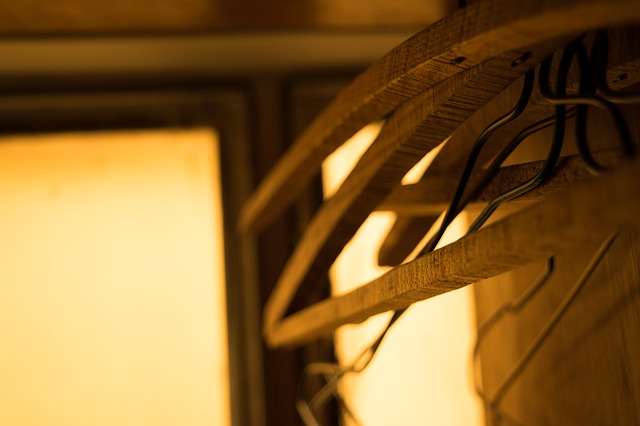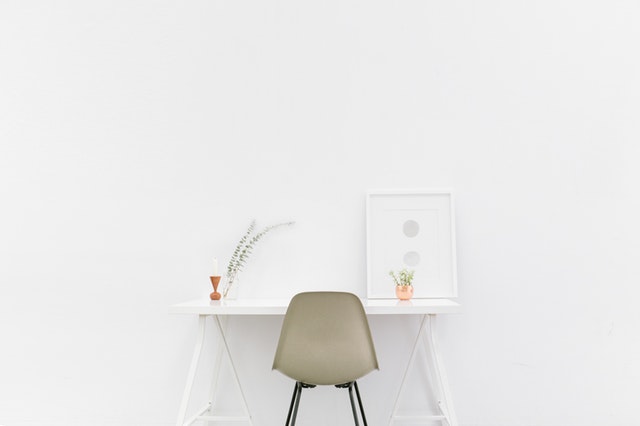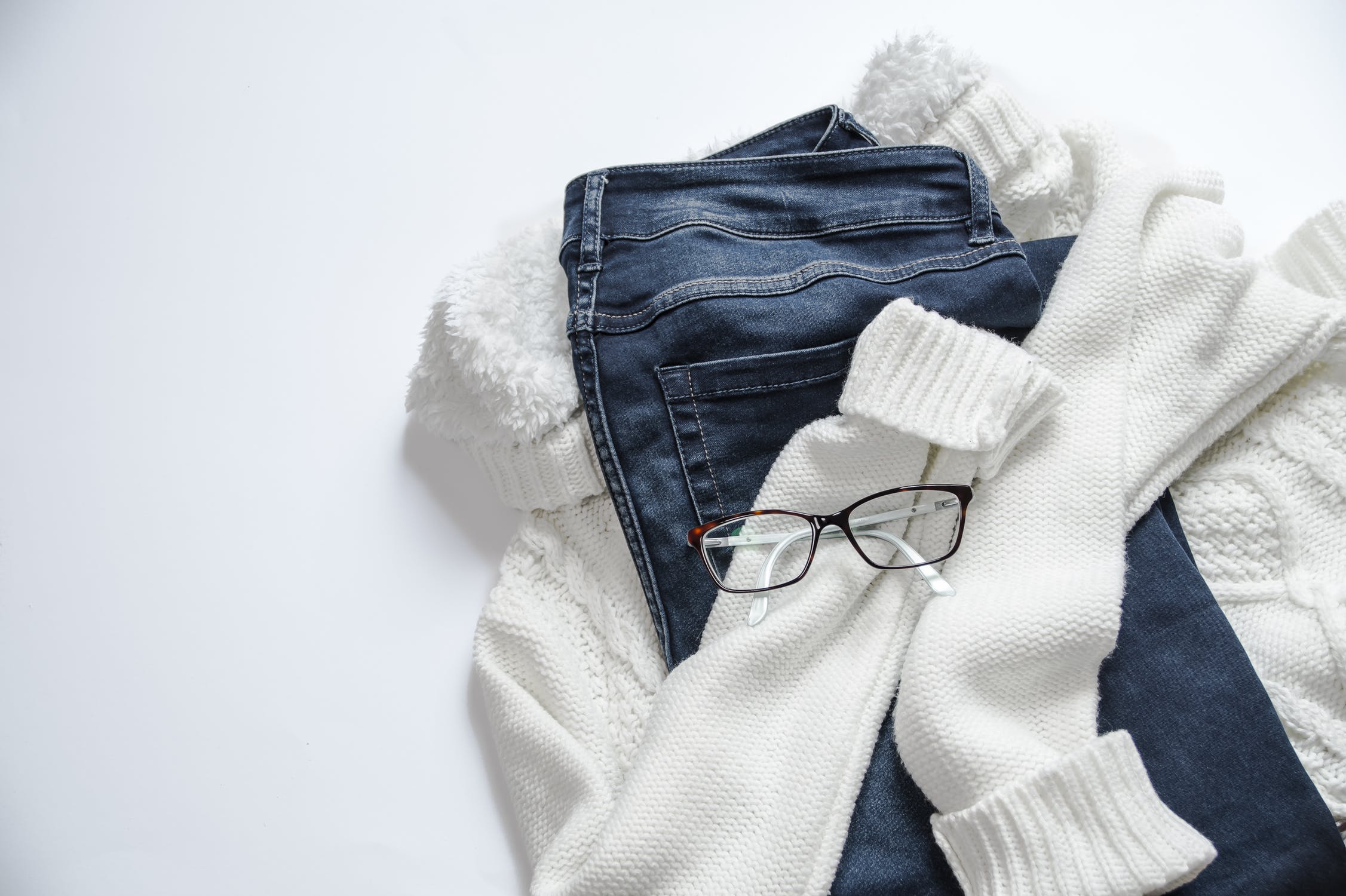
Not buying new things for three months has left me feeling anything but lacking in abundance.
Back in March, having just finished my second, long yoga teacher training, I was overcome with a feeling of essentialism. I needed to clear a path in my life to figure out—finally—what was important to me, and not let myself get in the way of reaching that place. And by “myself,” I largely meant the piles of stuff shoved in closets and lining my floors in “neat” stacks: the clothes and books and random knick-knacks that accumulate in life, in a cozy sort of way, until one day you are suffocated by them and have no reason why you wanted them in the first place. In March, I regularly found myself coming home from any one of my various jobs, from class, from anywhere, and feeling like there was no extra air in the room for me to breathe, let alone to live there.
So I started a little experiment that’s been done before, sometimes quite famously and more intensively than I am choosing to—a year of no new things. Making allowances for certain essentials that just don’t come in a used form, hygienic products among them, I vowed to not bring anything new into my home for twelve months. Knowing that I was likely going to need some replacements for things I own in the non-essentials categories, like clothing and shoes and gifts, I also set boundaries on what kinds of “new” things were okay should I need to give myself a cheat. Combining sustainability and mindfulness, I decided that I could buy US-made, organic (where applicable), cruelty-free things, but only after waiting at least a day before buying. If I didn’t still want to whip out my wallet the next day, then I didn’t really need it, did I? (This is a good exercise for anyone struggling with shopping, especially emotional shopping.) The last thing I bought new were books (newly released hardcovers that I didn’t even enjoy reading and thus didn’t finish—if that’s not karma I don’t know what is).
It’s now June, almost exactly three months into the experiment, and I’m ready to take stock. Overall I’ve been most proud of myself for curbing my cat-like reflexes whenever I see something I want at a discounted price; a sort of excited panic comes over me—will this be my last chance to get it, and at such a good deal? But the biggest gain so far is helping me see where I actually want to invest more of the net worth of my life. Is it in a new pair of sunglasses (which, health-wise, I probably do need), or a “healthy” bowl of slow-food-style chopped vegetables carelessly tossed into a disposable bowl, that I inhale in between appointments and costs three times as much as its ingredients (on top of what makes my body feel terrible afterward)? Or is it in learning, making memories with friends, practicing genuine self-care, or practicing being comfortable with doing—and having—nothing?
Buddhist philosophy teaches that all suffering comes from desire or craving. Disturbance of the present moment happens when we want something in excess that’s not already here, severing our connection to the abundance we already have. In my three months, I’ve come to understand this much more intimately, becoming grateful for the blessings I have and realizing how I can leave an impact on the world that’s even greater than the material things I would ostensibly leave behind. Life isn’t permanent, we aren’t permanent, so why should be put such stock into striving for permanent relics of an impermanent existence?

If I ended here I might leave the wrong impression of what this first quarter of my year has been like in real time. I’m not flying high on enlightened non-attachment; the glossy advertisements for beautifully made objects call to me still, sometimes even more loudly than before, and now that we’re in a new season wardrobe-wise I’m struggling with how to make my collection of three (very similar) black tank tops last through a week and for all different occasions. Here are some of the more surprising things I’ve discovered so far, in case you’re considering trying your own Year of No New Things:
I’m not spending less money: Even though I keep to a fairly tight budget, for some reason I thought that no new things meant that my credit card bills would plummet even lower. Not so. Instead, I have actually spent a bit more on average because my mental and emotional banks have unlocked their vaults to withdraw funds for other kinds of expenses, mainly educational, healthcare, and travel opportunities. Because I’ve mentally crossed out “extra” spending I’d incur every so often, I’ve made some impulsive decisions to attend workshops on yoga and wellness, book excursions coming up later in the fall, and even think ahead for what moving to a new apartment (and maybe borough) will cost me when my lease is up in a few months.
In certain ways, this seems like a regression because I’m not being more frugal in the traditional way. But in other ways it’s a win: I am more motivated to ask for fair compensation for my work, and put in the effort to have enough money to do these things. Now, I feel no hesitation spending $100, say, for a private fitness training, whereas before spending a mere $10 on a new lip balm “just because” would set off a stream of guilt and anxiety—because I didn’t really need, or want it.
Cheap food tastes better: No, I’m not talking about the hole-in-the-wall establishments where you can get a heaping plate of food that actually fills you up and is delicious for $7. Those places exist, and thank God for them, but I’m talking about home-cooked meals that always, always, always taste better and cost less than what you get eating out. In looking at what I buy now separate from things, food takes up a disproportionate amount. I’m fine with that because I value nutrition, but I notice the biggest spikes not when I shop at the farmer’s market, but rather when I have let myself get too busy for preparing enough meals for the week and rely on take-out or restaurants. The part of me who wants to be more spontaneous will look in the fridge in the morning, see a bunch of parsley and some lemon and miso and think great, today’s a buy-lunch day! It was a rare occasion when I got to buy lunch at school growing up, so these moments feel oddly precious and empowering to me. So it’s exciting at first, but then I spend hours thinking where I will go, how much it will cost, what kind of food it will be and whether it will upset my stomach. After an agonizing decision-making process, I eat the meal, usually still feel a little hungry, and then later in the day, in a hanic (hunger+panic; yes, this is a new word I’m coining) buy a prepackaged something that’s also not filling and causes wrapper-guilt. By the end of the day, I’m a wreck over the excess spending, excess plastic, and excess bloating I’ve caused internally because of all this anxiety (and from eating foods that have probably traveled longer distances than I have cumulatively in life). This is not a good way to eat or feel! Although I haven’t gotten a perfect rhythm down pat yet to avoid this from happening, I’m definitely more aware of the cycle and realize that these moments of ill preparation push me to fill needs temporarily, in the same way new things tend to do.
There is a DIY hierarchy: Part of my rule about hygiene products is that I can buy something new as long as the ingredients to make it myself cost more than a new thing at the store. In this spirit, I’ve been wildly successful in making both toothpaste (baking soda + coconut oil) and dry shampoo (baking soda + cornstarch + essential oil), as well as relying on an old hobby of mine of mixing custom essential oil blends for body. This stokes my crafting fire like nothing else, but I’ve been frustrated with certain attempts I’ve made to repurpose instead of buy new. For one, I have a beautiful vegan backpack that I had trouble using because of an awkward design in how it opens and closes. I tried selling it to no avail (it was practically new), so thought I could have a make-it-work moment by altering the closure. The shoemaker I went to only did an okay job on the repair, so I’m rather disappointed because a) I’m not more compelled to use it; and b) now I definitely can’t sell this altered bag in the future. In hindsight, perhaps I should have found another way to let it go—but who knows what the future has in store for it?

Now that we’re halfway through the calendar year, I’m especially glad I have this project to keep me accountable in my quest to better support my environmental values and shore up my internal self-worth. Share your 2018 goals with us on social media—and how you’re doing with them!

Have you ever gone on a no-buy challenge?
Also by Jennifer: Beyond Leggings—How A NYC Editor/Yoga Teacher Dresses Sustainably & Chicly
Related: Struggling With Buying Too Much Stuff? Let This Swedish Idea Guide Your Minimalism
The One Simple Secret to Financial Success (& Fulfilling Your Life’s Purpose)
Get more like this—Subscribe to our daily inspirational newsletter for exclusive content!
__
Photos: Pixabay.com; Pexels.com
